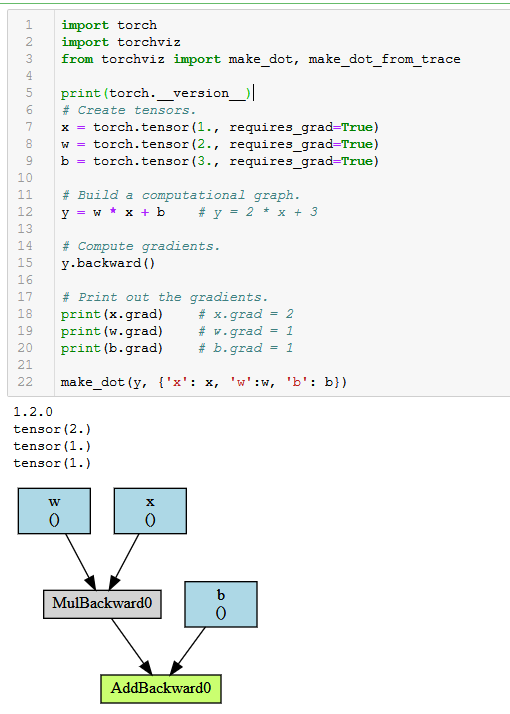
Generate a simple data set with 2 features: 1st feature is a noise feature that has no power in predicting the labels, the 2nd feature determines the label perfectly: n_samples = 1000 n_features = 10 X_train = np. import numpy as np from irf import irf_utils from irf.ensemble import RandomForestClassifierWithWeights In order to use irf, you need to import it in python. If irf is installed successfully, you should be able to see it using pip list: pip list | grep irfĪnd you should be able to run all the tests (assume the working directory is in the package iterative-Random-Forest): python irf/tests/test_irf_utils.py Then go to the iterative-Random-Forest folder and use pip install: pip install -e. Just clone this repo and use pip install. Installation Dependenciesīefore the installation, please make sure you installed the above python packages correctly via pip: pip install cython numpy scikit-learn pydotplus jupyter pyyaml matplotlib

The setup file is based on the setup file from skgarden. The weighted random forest implementation is based on the random forest source code and API design from scikit-learn, details can be found in API design for machine learning software: experiences from the scikit-learn project, Buitinck et al., 2013. See the Authors.md for the complete list.

The implementation is a joint effort of several people in UC Berkeley. Brown, Bin Yu, Iterative Random Forests to detect predictive and stable high-order interactions, PNAS


 0 kommentar(er)
0 kommentar(er)
